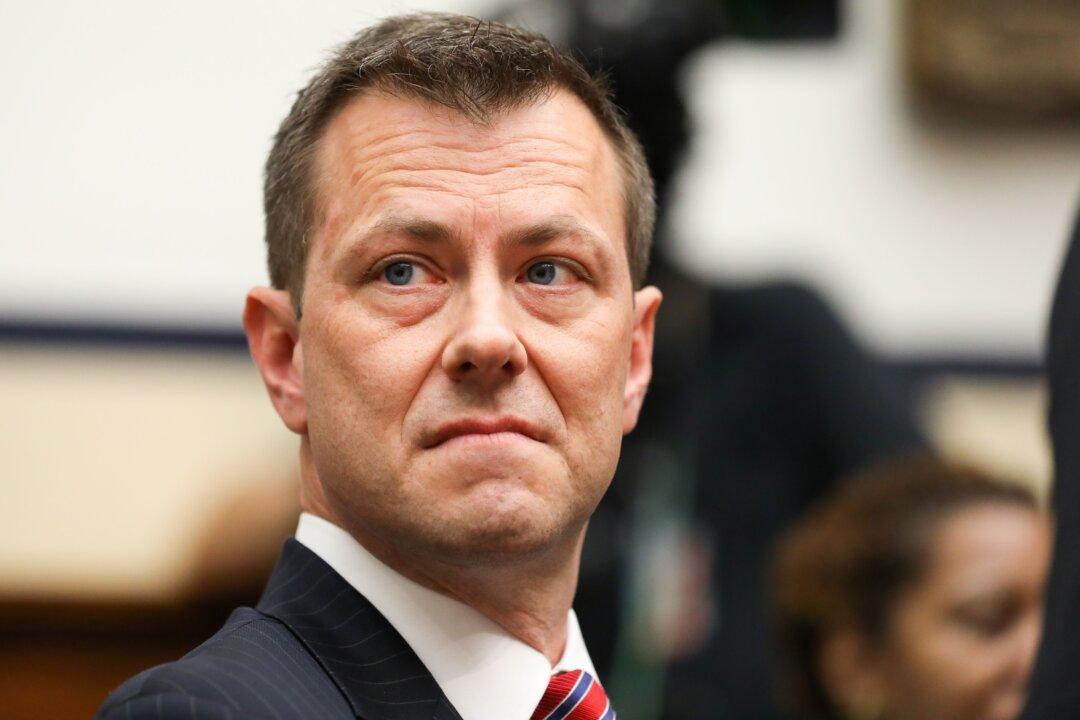Peter Strzok, the former FBI head of counterintelligence operations known for his vitriolic anti-Trump texts messages, had torn apart a 2017 New York Times article that alleged the 2016 presidential campaign of Donald Trump had contacts with Russian intelligence. Strzok criticized the article as inaccurate in multiple regards in a recently declassified internal document.
The Feb. 14, 2017, NY Times piece titled “Trump Campaign Aides Had Repeated Contact With Russian Intelligence” was said to rely on information from four unnamed “current and former American officials.”





